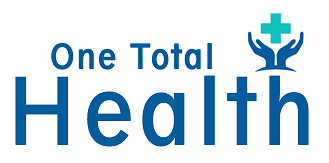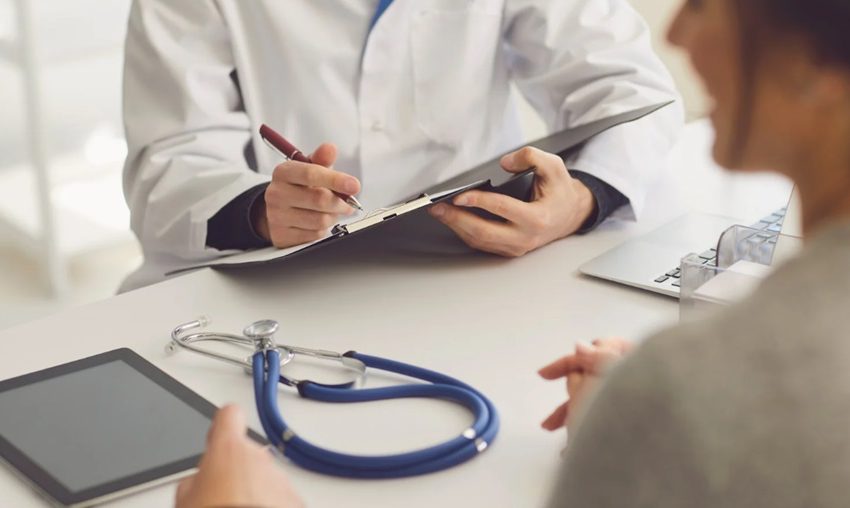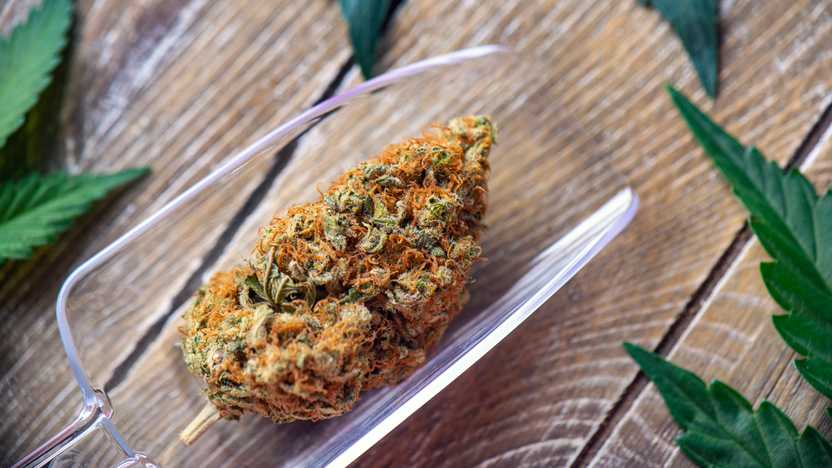Treatment Options for Varicose Veins
Varicose veins are enlarged, twisted blood vessels that have lost their elasticity. They appear as rope-like bulges just below the skin’s surface, typically in the legs and feet. In addition to being unsightly, varicose veins can cause discomfort, swelling, burning, or aching pain. They may also itch.
Getting varicose veins is an excellent reason to see a specialist in varicose veins in Glen Rock. Aside from the cosmetic aspect, they can cause severe problems if left untreated. Different treatments are available for varicose veins, depending on their size, number, and location. Unfortunately, most people don’t know about the many inexpensive options available until it is too late.
For this reason, we have taken it upon ourselves to discuss some of the most effective treatments for varicose veins. Read on for more.
- Sclerotherapy
Sclerotherapy for the treatment of varicose veins is a highly cost-effective procedure. Sclerotherapy helps to shrink the size and appearance of large, unsightly varicose veins by injecting them with a chemical solution that causes the vein to collapse. A dermatologist or vascular surgeon does this treatment to be performed in a doctor’s office. It is also safe and effective for treating smaller varicose veins in the legs.
- Compression Stockings
Compression stockings are regularly recommended to prevent the progression of varicose veins in patients with incompetent venous valves. They work by applying pressure to the leg, which helps keep blood moving inward towards your heart rather than pooling in your legs and feet. They come in several styles for both men and women.
- Radiofrequency Ablation
Radiofrequency ablation is a minimally invasive procedure that treats varicose veins when they cause pain or other symptoms. During this treatment, a device similar to a wand is inserted into the vein to heat and destroy the inner lining of the blood vessel. This causes it to collapse and seals off leaks that may have developed due to stress. The body then reabsorbs the vein over time.
This treatment, which is often done on an outpatient basis, can cause bruising, swelling, or pain in your leg for a short period after the procedure. It may also take several weeks to see results, but it usually produces long-lasting results that are safe and effective.
- Laser therapy
Laser therapy effectively treats varicose veins that are too deep in the body for other treatments or do not respond well to compression stockings. During this treatment, a small laser device is inserted into your vein. It causes the vein to constrict and close off so your body can absorb it. Laser therapy is a safe, minimally invasive option that reduces varicose veins’ appearance and can help relieve pain or burning sensations in your legs.
In summary, many people do not seek treatment for varicose veins for health reasons but cosmetic reasons. Treatment options vary depending on the severity of your condition. The most common treatment is sclerotherapy.
Other treatment options include laser therapy, radiofrequency ablation, and compression stockings. A vein specialist can analyze your situation and recommend the proper treatment.



